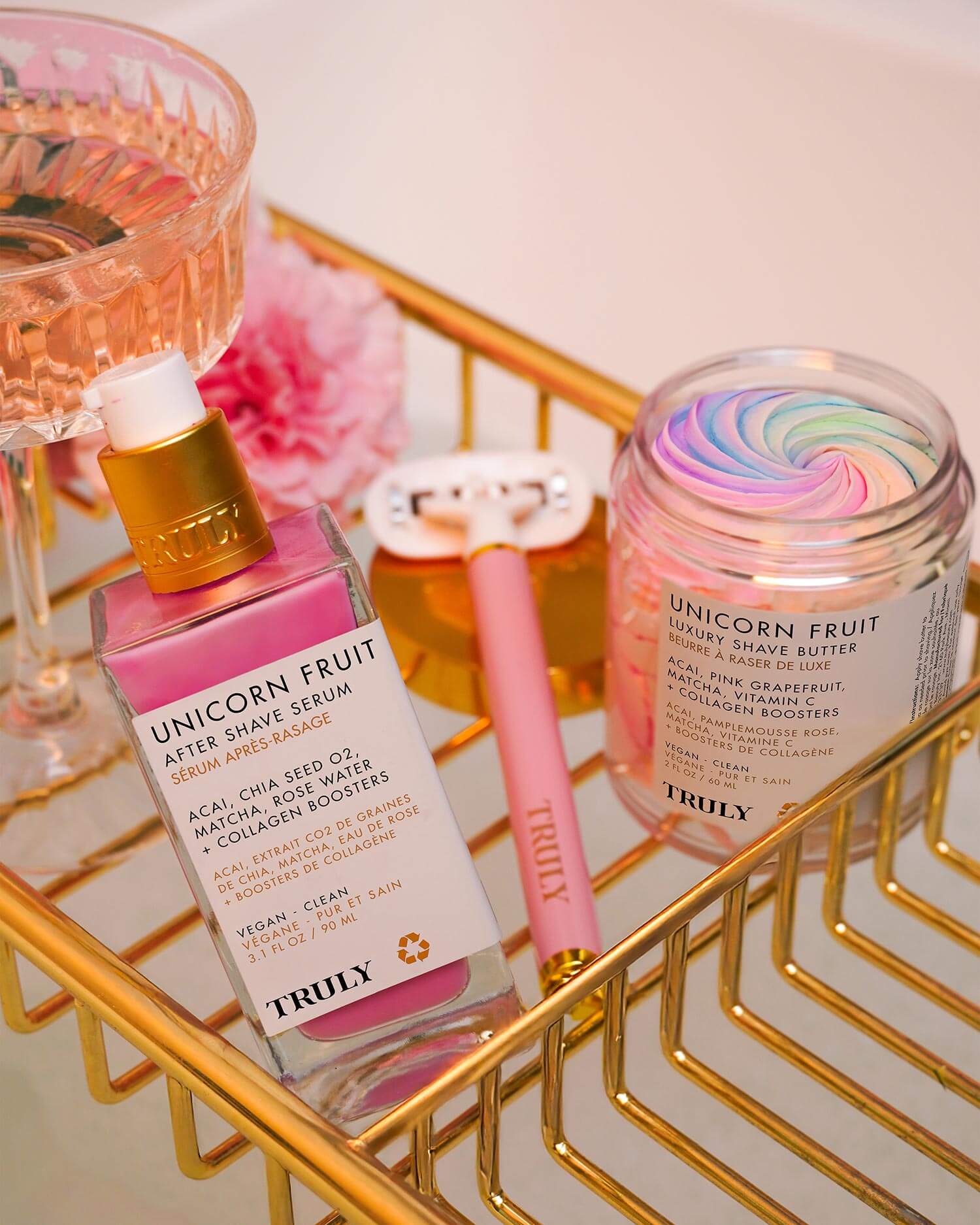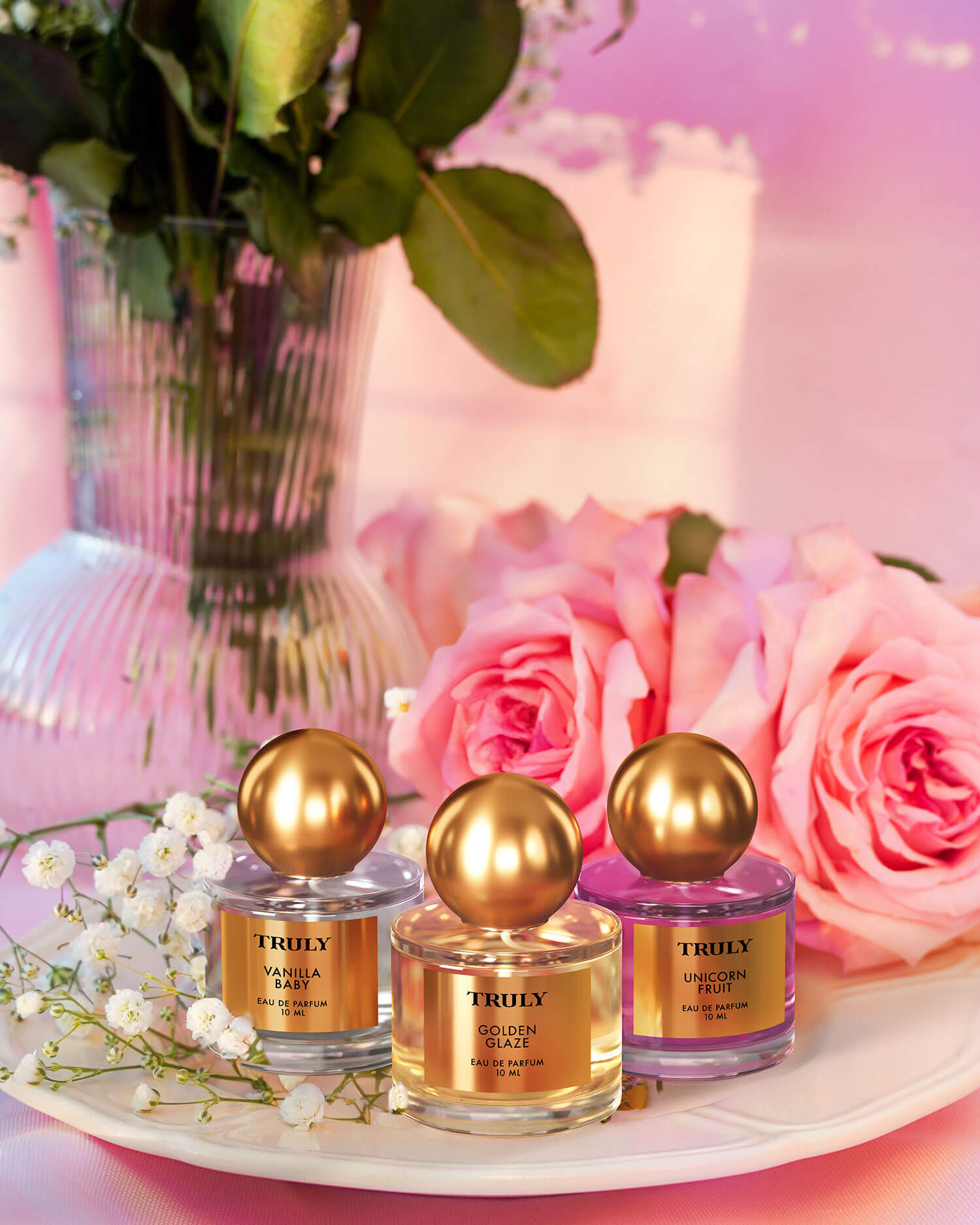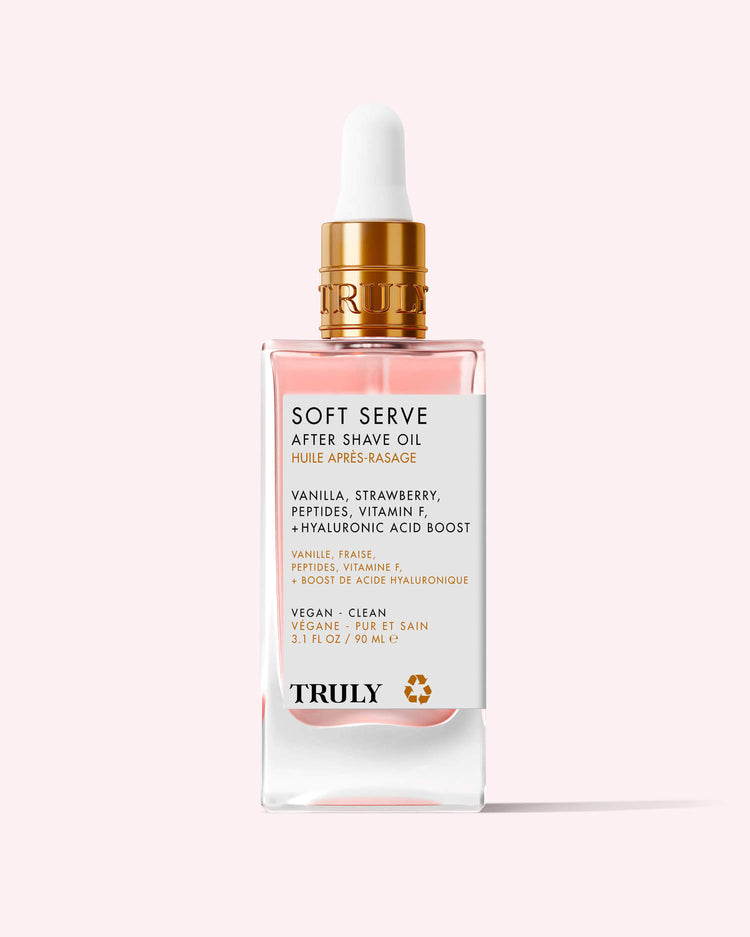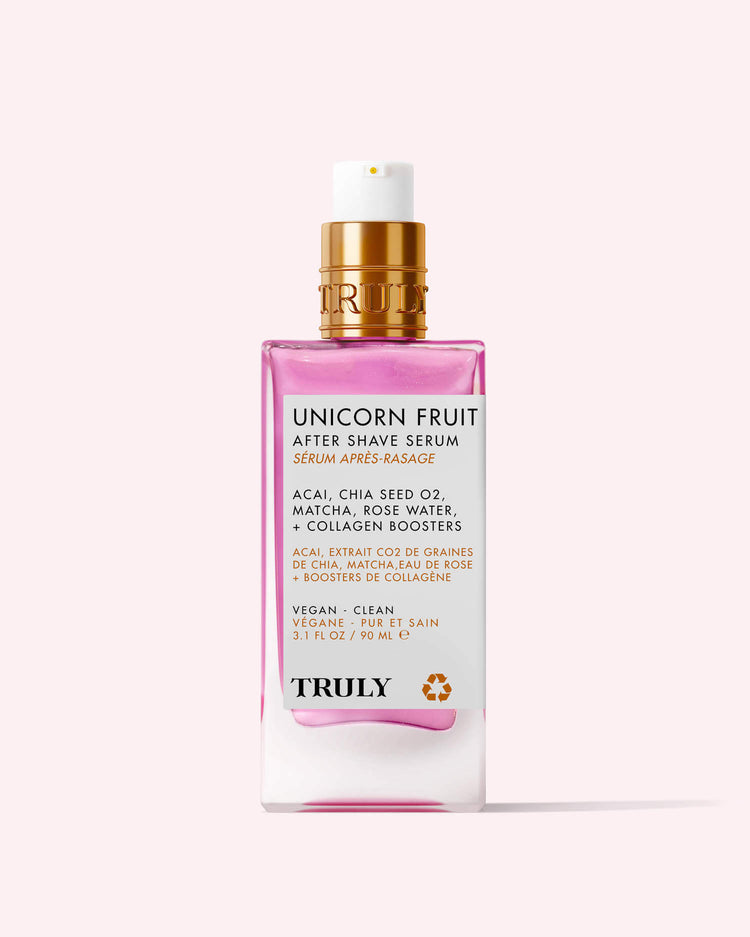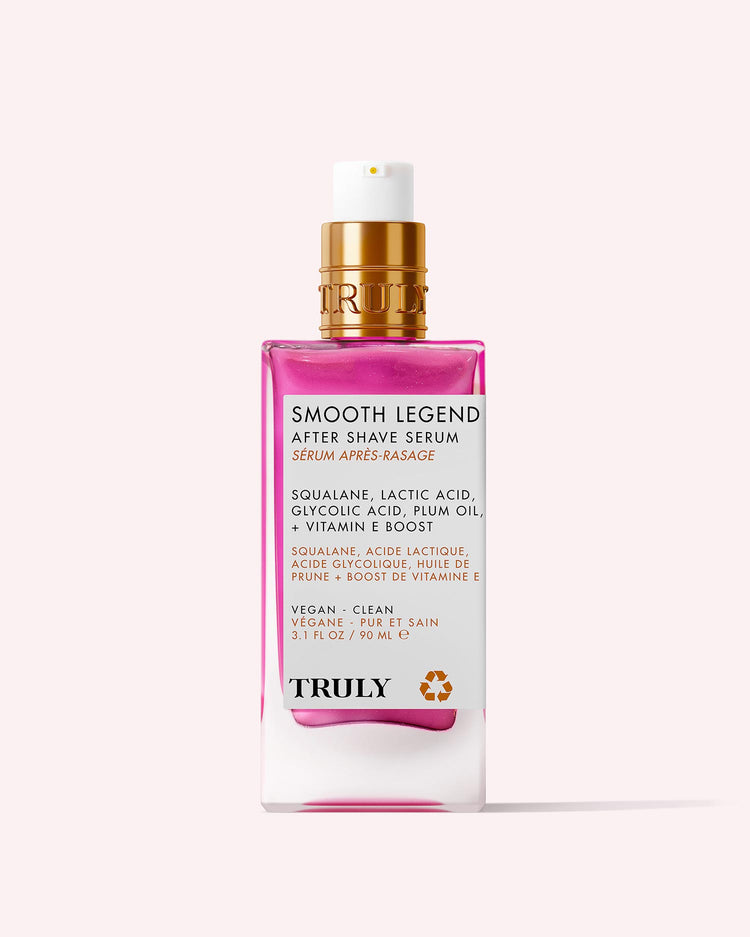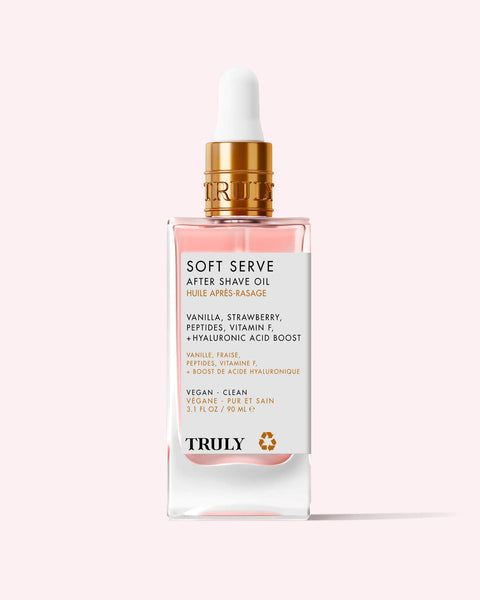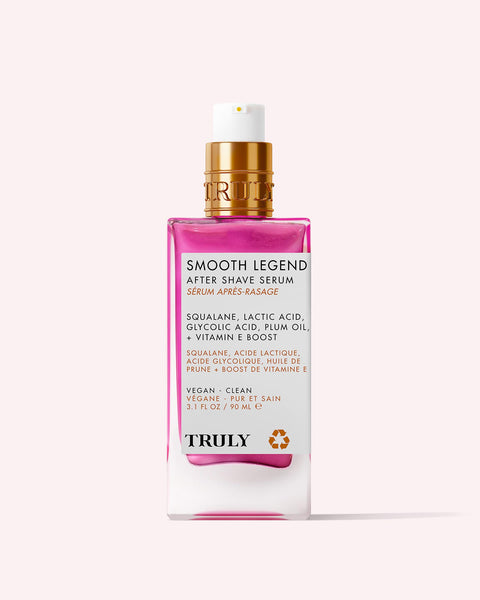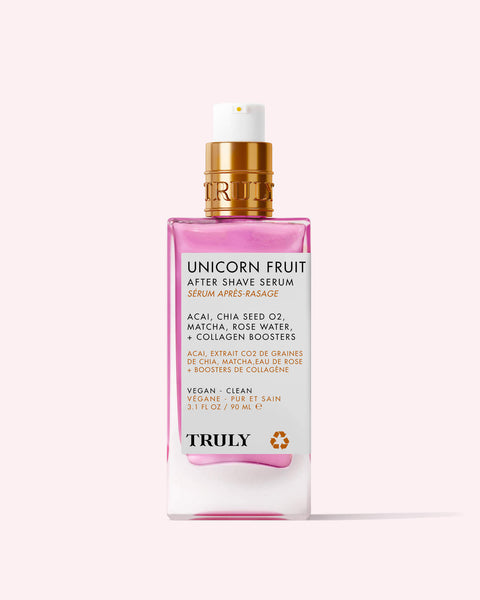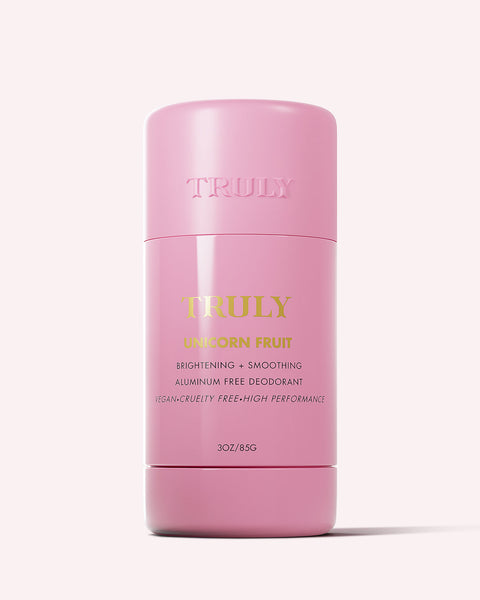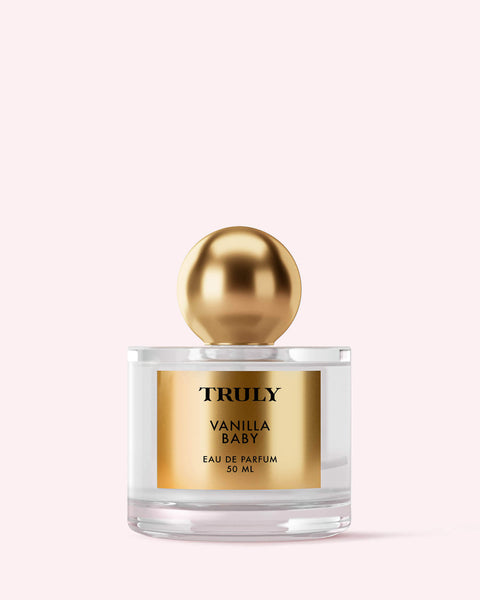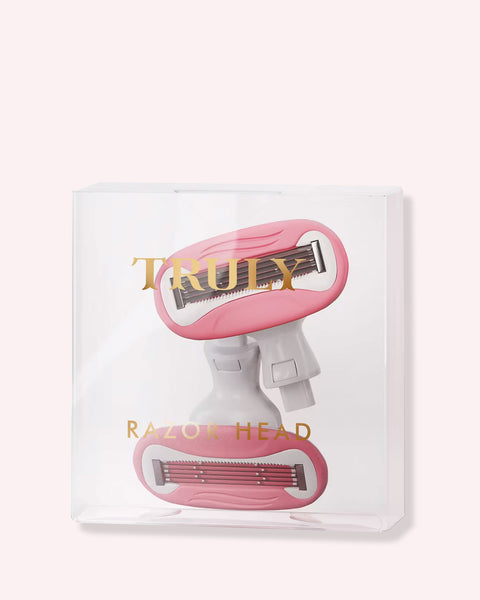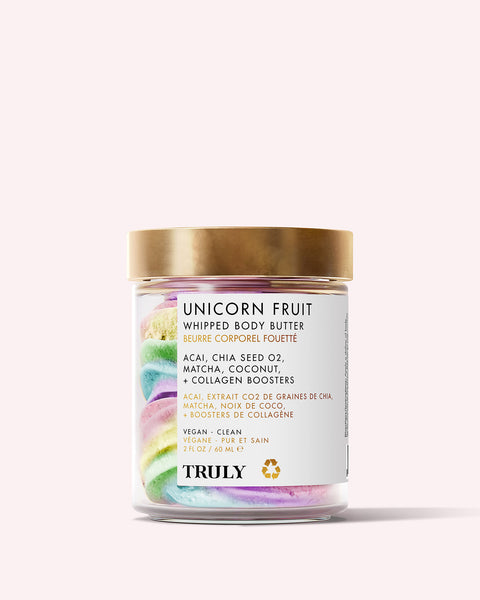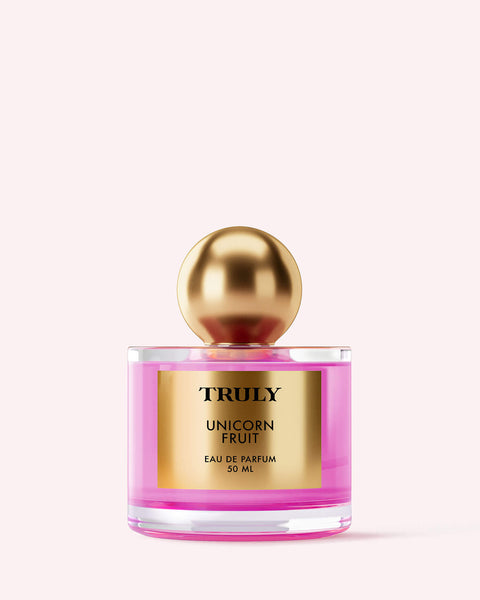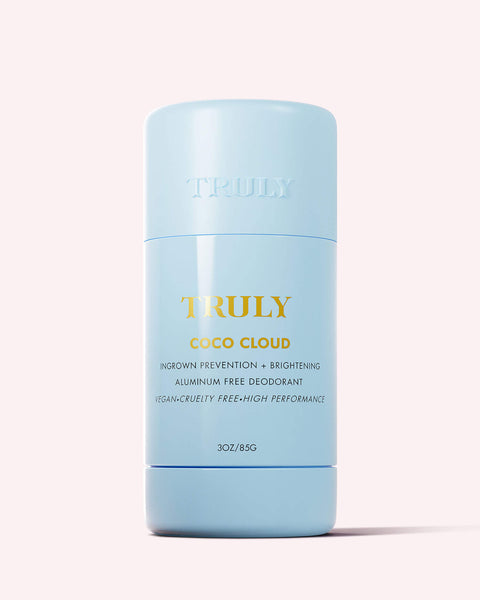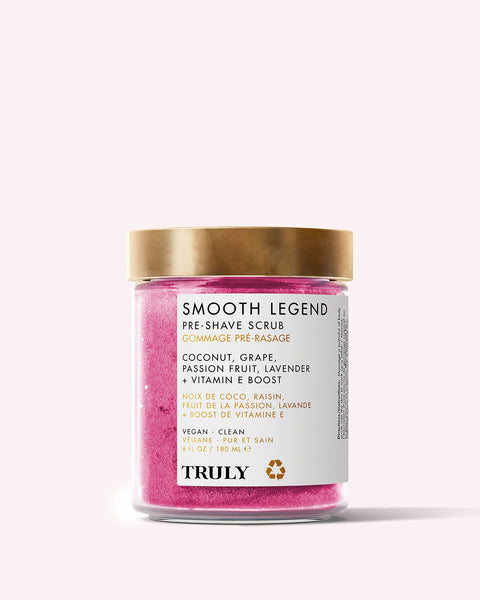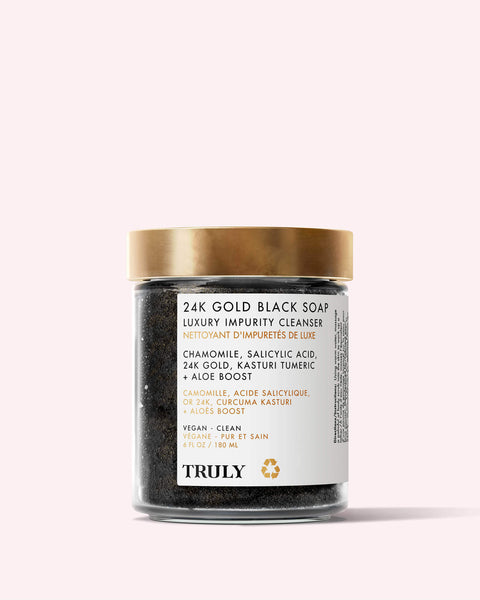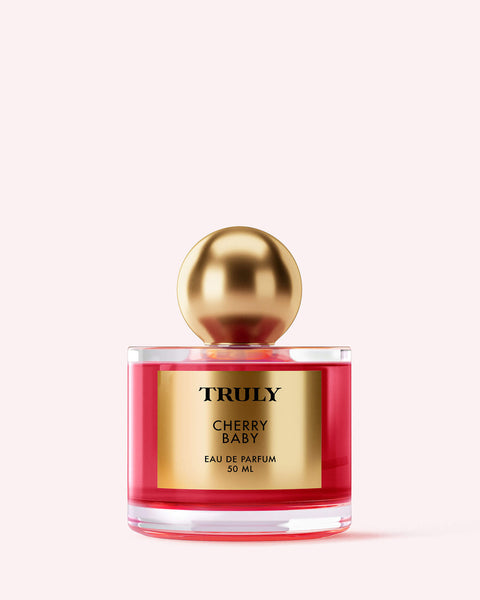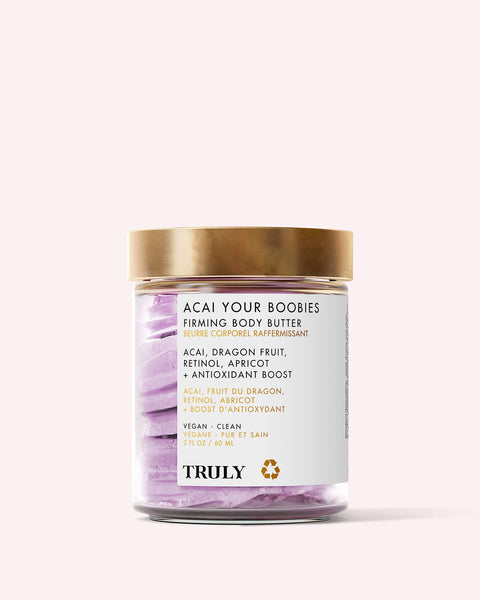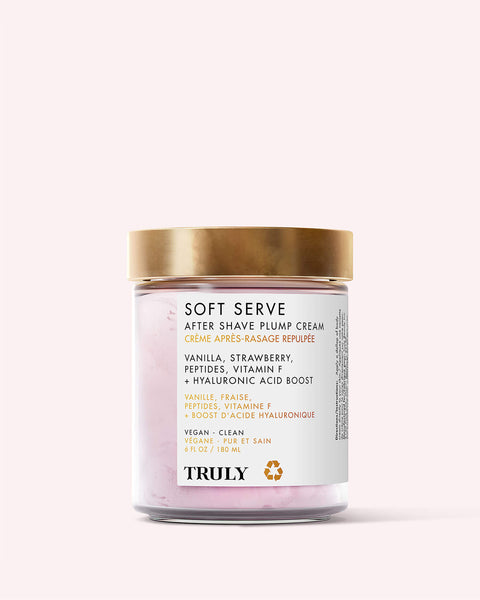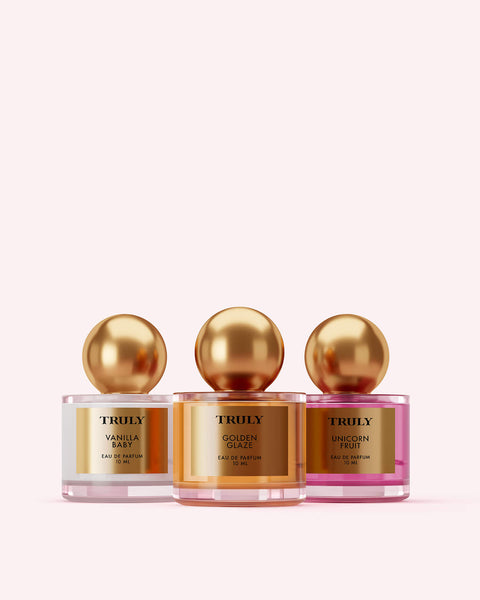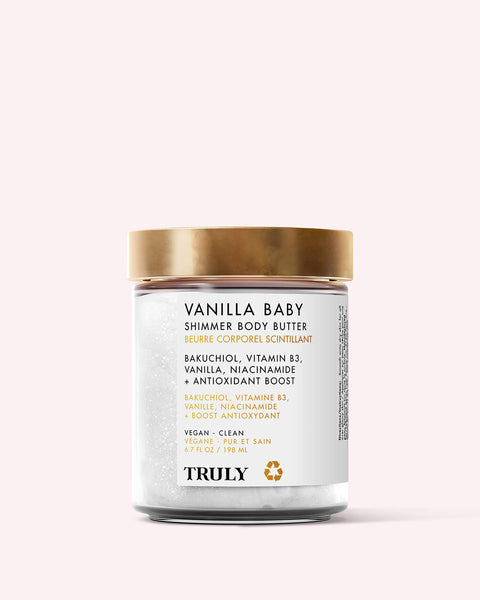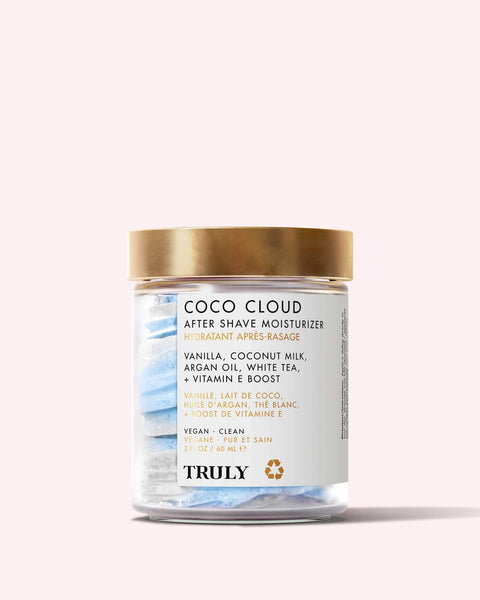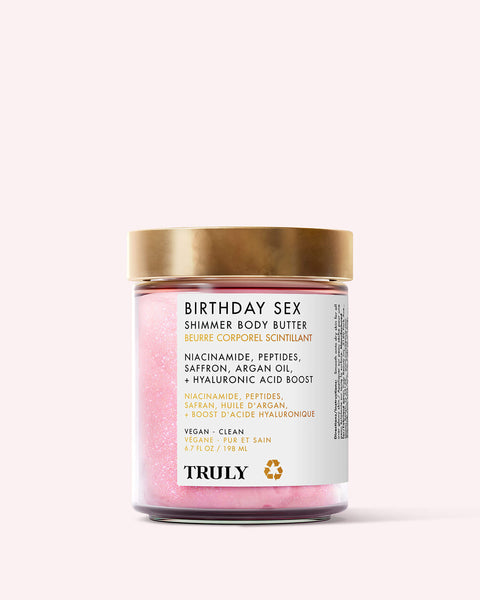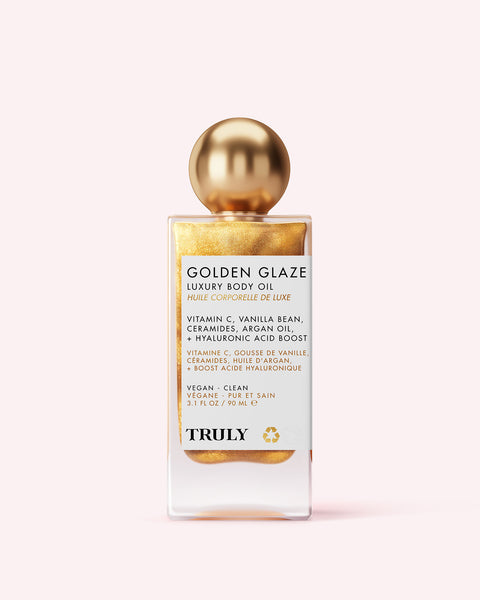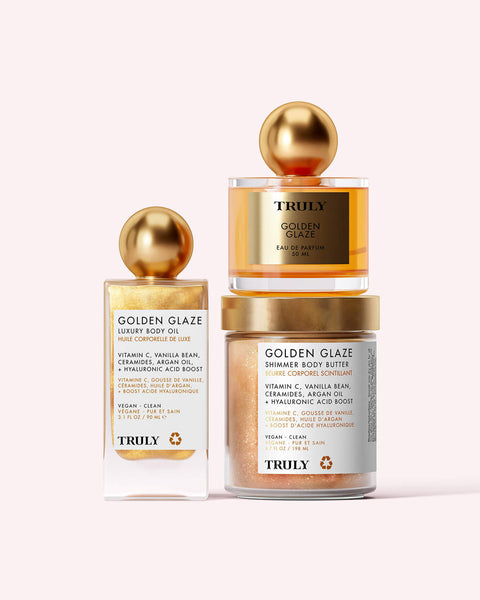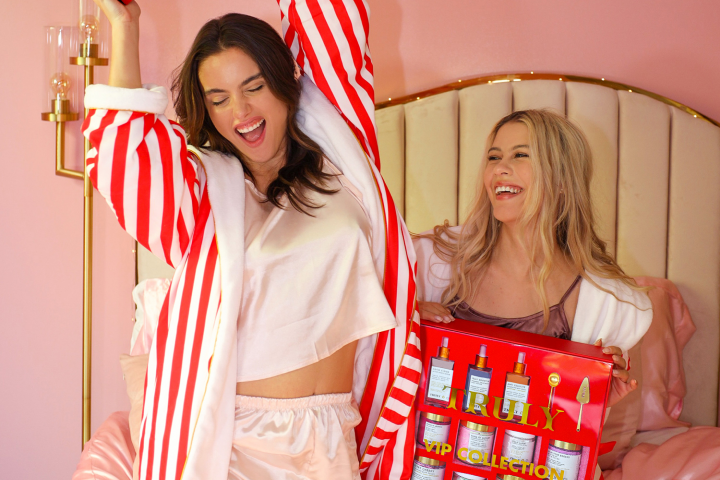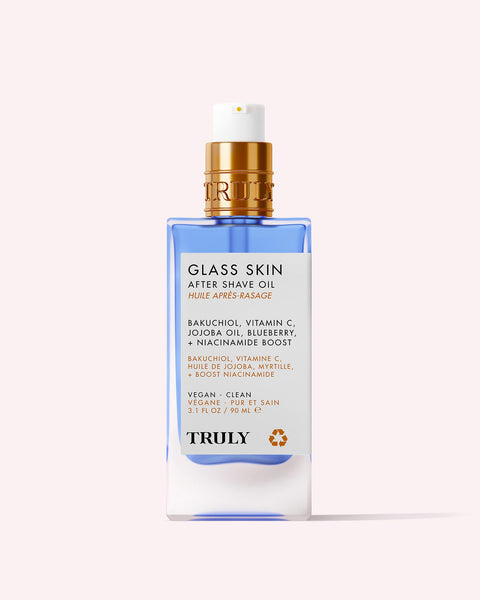The SPF Rating of Sunscreen, Simplified
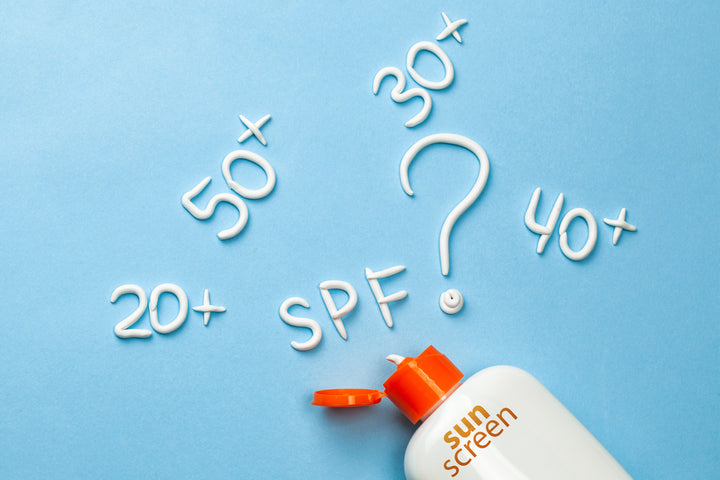
To the majority of people, tanned skin signifies beautiful skin. To the Centers for Disease Control (CDC), it denotes damage.
While we all need a little sun exposure to get our daily dose of vitamin D, too much sun exposure increases the risk of skin damage.
That doesn’t mean you need to stay indoors all summer long, but it does mean becoming aware of how to protect your skin while outdoors. And that starts with getting to grips with the SPF rating of sunscreen – and the rest of the sunscreen jargon.
WHAT IS SPF?
SPF stands for sun protection factor and is the number that indicates its protection against the sun’s UVB rays that cause sunburn.
“Imagine that your skin normally begins to burn after 10 minutes in full sun without any protection,” says Kimberly Mallett, research associate in the Penn State Prevention Research Center. “A 30 SPF sunscreen would provide 30 times the protection of no sunscreen.”
That may amount to five hours of protection, but that doesn’t mean one application is sufficient for the entire day. Experts recommend reapplying sunscreen every two hours when outdoors – regardless of the SPF. This will provide optimal protection – especially if you’re sweating or swimming a lot.
You should also note that “reapplying sunscreen does not start the clock over,” according to Mallett. Applying more sunscreen simply replaces what has worn or washed off, rather than providing more hours of UVB protection. Redheads and blondes in particular should pay close attention to their sunscreen reapplications, to keep their skin healthy.
UVA and UVB Rays
UVB rays show the most obvious effects – redness of the skin. UVA rays, on the other hand, don’t cause a visible sunburn but they can still cause damage to the skin and lead to the formation of wrinkles. On top of all that, they penetrate deeper into the skin than UVB rays.
According to the CDC, UV rays cause up to 90 percent of melanomas, the most dangerous form of skin cancer. Even so, millions of people continue using tanning beds every year and admit to getting at least one severe sunburn in the previous summer.
Look for a broad-spectrum sunscreen that protects against both types of UV rays – UVA and UVB.
WHAT LEVEL OF SPF DO YOU NEED?
If you’re going to be outdoors all day, the higher the SPF the better. We recommend SPF 30 or higher – especially if you’re fair and prone to sunburn.
If you’re going to be inside most of the day, you won’t need such a high level. Go for a sunscreen with SPF 15. That will be enough to keep your skin protected throughout the day, even with brief intervals outside.
WHAT IS BROAD-SPECTRUM PROTECTION?
Broad-spectrum offers protection from both UVA and UVB rays. For a long time, companies only included information on product labels about protection against UVB rays – those that cause sunburn. Fortunately, most product labels now clearly state whether the product protects against both UV rays. They’re called broad-spectrum sunscreens.
Be aware that not all sunscreens are broad spectrum. You will need to look for it on the label. Broad spectrum provides protection against UVA and UVB rays by providing a chemical barrier that reflects UV radiation. This prevents it from damaging the skin.
Sunscreens that are not broad spectrum must carry the following warning:
“Skin Cancer/Skin Aging Alert: Spending time in the sun increases your risk of skin cancer and early skin aging. This product has been shown only to help prevent sunburn, not skin cancer or early skin aging.”
SUNSCREEN INGREDIENTS
Sunscreen includes various active ingredients that protect your skin from the sun’s harmful UV rays. It’s important to know which active ingredients to look out for when buying sunscreen.
Here are some active sunscreen ingredients that are safe for your skin:
- Titanium oxide
- Zinc oxide
- Avobenzone
- Octisalate
- Homosalate
- Meradimate
While the protective action of sunscreen products emerges on the surface of the skin, studies show that some sunscreen active ingredients may be absorbed through the skin. That’s why scientists are keen on investigating these different active ingredients to ensure they are safe for human consumption.
WHAT TO LOOK FOR IN A SUNSCREEN
As important as applying sunscreen is, it’s only really useful if you’re applying an effective product. In case you have no idea where to start, here’s what to look for the next time you buy sunscreen.
Broad spectrum
It protects your skin from UVA and UVB rays – the UV rays responsible for causing skin cancer.
Water-resistant
For intense exercise or water activities. It’ll keep you protected a little longer than non-water-resistant products. Nevertheless, no sunscreen is completely waterproof, which means they all wash off eventually. To keep your skin protected from the sun, you’ll still need to reapply sunscreen every 1-2 hours.
SPF 30 or higher
If you spend a lot of time outdoors, you can’t afford to go much lower than SPF 30 applied every two hours. For blondes and redheads, we recommend opting for SPF 50 for ultimate protection.
SPF 15 for occasional exposure
SPF 15 is enough for people who spend the majority of their days inside, with only occasional sun exposure like walking the dog.
HOW TO USE SUNSCREEN
For best results, apply once ounce of sunscreen (that’s about a shot glass full) to your face and body. Unfortunately, most people use about half of that amount, resulting in poor protection against the sun.
Apply sunscreen in generous amounts at least 30 minutes before going out to make sure it has time to absorb into the skin. Don’t forget your ears, feet, and behind your knees!
Without a doubt, sunscreen with a high SPF level can help protect your skin from harsh UV rays and keep it looking healthy and youthful. Still, it doesn’t hurt to seek shade and wear hats while outdoors to protect your skin even further. This is especially important if you’re in direct sun for prolonged periods of time. We also recommend slipping on a pair of sunglasses on sunny days to reduce your risk of cataracts.
